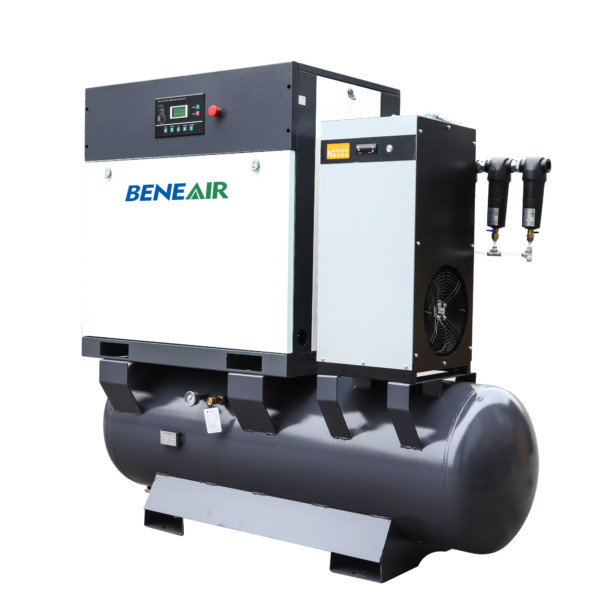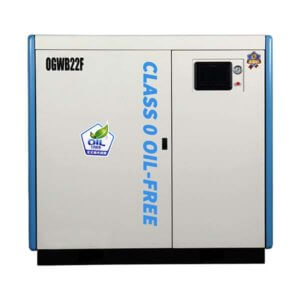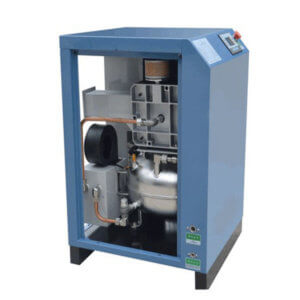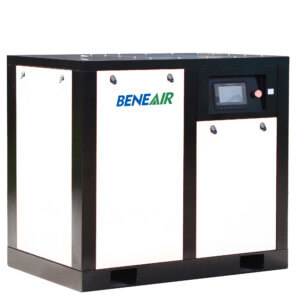Contents
Air demand is usually measured to assess your cost and keep up with the budget. Staying unaware of your current air demand might end with higher electricity bills. Another smart thing is to see if the air is getting misused or some wasting is happening. Such calculation might also enable you to reduce an inefficient compressed air system.
To calculate compressed air demand, keep in mind to assess the air demand of each machine individually and then compute the total air demand. Focus on air consumption of each device and duration (for how long it is working in hours and how often in days). Also, note any leakages, loading, and pressure of the inlet.
Where does the air is used in a compressed system?
Where does the air is used in a compressed system?
In order to calculate the air demand at an industrial level, you must first know where the air is used in the form of energy in the compressed system. We have included a brief about power usage in the compressed system.
Cooling
The fan borrows the major part of the energy for cooling the air when it gets into the compressor. Because the air is usually warm, and its temperature further gets higher when the motor runs. Compressors are equipped with a fan or heat exchanger for cooling, which needs adequate energy to operate.
Power supply
Another most important component which needs energy is the motor of the compressor. The power supply to the compressor is given by the motor, without which the compressor will not be able to operate. Also, inadequate energy to the power supply will result in the inefficiency of the compressed air system.
Cleansing
Purification is necessary when air gets in the system to convert into compressed air. When the dirt and moisture are sucked out of the air by adsorption dryers, they need ample energy. Coalescing filters, including the general purpose filter and high efficiency filter, use most of the energy during the purification.
Production
And lastly, the energy is, of course, required for the main output. The conversion of air into compressed air also needs plenty of energy to perform its role. Almost fifteen percent of the total energy consumed by an air compressor is used for production.

Is the incoming air misused in a compressed system?
Is the incoming air misused in a compressed system?
Whenever anything is used, there are chances that it can be wasted simultaneously without any doubt. It might result from leakage or overperformance of a part. To understand the precise air demand, you should also know where the air is misapplying so that you can control its wastage.
Leakage
Leakage is a common complaint when accessing the misuse of compressed air. The leakage might be accidental or intentional. In the accidental case, the pipelines are punctured, and the air starts getting continuously wasted from that hole without being in anyone’s knowledge. Or maybe that hole is made intentionally by any employee to make the atmosphere pleasant on a hot summer day.
Over supplying
Sometimes, unintentionally, more energy is borrowed than required, resulting in an oversupply of air. To overcome this issue, always make sure to review the requirements of each part and maintain the supply in that particular range.
During purification
Often, extra energy is used during the purification process as the system might use high pressure. So you must check this element if your electricity costs are getting higher. To control such misuse, a low pressure blower is advised by specialists. Such types of blowers maintain the pressure below 100 psi so that additional energy is not borrowed.
How to calculate your current air demand?
How to calculate your current air demand?
While calculating air demand, keep it in mind that it largely depends upon the air consumption and use, which we have discussed prior. Now, let’s calculate the air demand.
To calculate any data, you obviously need some values. You have already known the first thing is where the air is needed and used or misused. Secondly, you should know the airflow rate to calculate current or future air demand.
Flow rate is the flow velocity passing through the cross sectional area in one minute. To calculate the flow rate, measure the flow velocity and multiply it with the cross sectional area.
For example, if the flow velocity is 3700 Ft//min and the cross sectional area is 1.8 Ft2, then the air flow rate can be calculated by the following method.
Apply this formula for the given values:
Air Flow = Flow Velocity in Feet Per Minute x Cross Sectional Area
Air Flow = 3700 Ft//min x 1.8 Ft2
Air Flow = 6660 CFM
The SI unit of Air flow is CFM (Cubic Feet per Minute). However, there are several variations made to this unit. There are three types of CFM.
SCFM stands for standard cubic feet per minute.
ICFM stands for inlet cubic feet per minute.
ACFM stands for actual cubic feet per minute.
Another method to assume the current air demand is by calculating the absolute inlet pressure as it is directly proportional to the air consumption.
Use this formula to calculate the inlet pressure and air consumption:
SCFM2=P2 + 1 atmosphere
SCFM1=P1 + 1 atmosphere
Optimize your system
Optimize your system
If your electricity bills are high or your system is inefficient, it’s time to optimize your system. Reconsider the indications of misuse mentioned above and find a solution for them. You may take the following steps to reduce your air consumption while producing an efficient outcome.
- Fix if there is any leakage. Check for the holes in the pipeline and fill them. You can reveal it by listening when there’s no work in progress in the room. If there is any hole, it must be audible in complete silence when the machines are not working.
- Use low pressure blowers as they can diminish the energy consumption to a significant level.
- Make sure the compressed air is clean and purified because it might be the contaminants affecting the efficiency of the system and increasing costs.
- Try to use cooled air, so that much energy is not wasted on the cooling of the air. It should be sufficiently cool that half of the compressor’s work is already done.










Leave A Comment